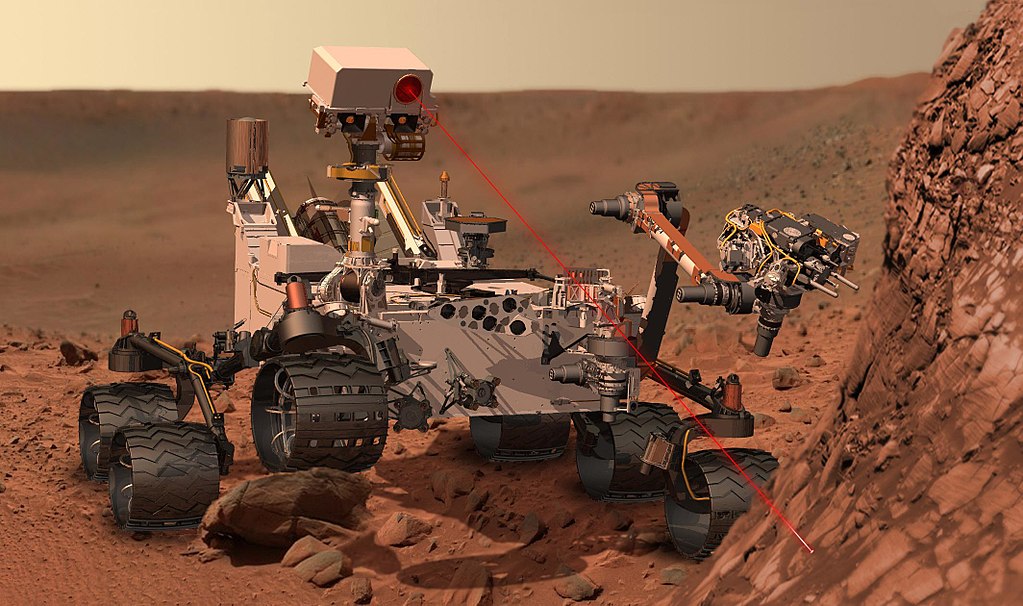Future NASA Missions - Part 4 of 4 Parts
Part 4 of 4 Parts (Please read Parts 1, 2 and 3 first)
The Wide Field Infrared Survey Telescope (WFIRST) is a NASA observatory. It was developed to carry out wide field imaging and surveys of near infrared space. NASA hopes that it will be able to answer some important questions about exoplanet detection and dark energy. The telescope will have a primary mirror that is about eight feet in diameter. It will have a Wide Field instrument to provide a wide field of view that will be one hundred times wider than the Hubble infrared instrument. It will measure the light from a billion galaxies with the intent of finding more than twenty-five hundred exoplanets. It will also have a Coronograph instrument which will provide high contrast imaging and spectroscopy of a variety of nearby exoplanets.
The WFIRST will be launched in the mid-2020s for a six-year mission. Two billion seven hundred million dollars has been budgeted for this mission.
The NISAR (NASA-ISRO Synthetic Aperture Radar) is a joint project between NASA and IRSO (Indian Space Research Organization). The project involves the development and launch of a dual frequency synthetic aperture radar satellite. It will mark the first time that a satellite has made use of two frequencies. It is designed to provide remote sensing for complex natural processes on our planet including the collapse of ice-sheets, the disturbance of ecosystems, and natural disasters such as volcanic eruptions, earthquakes, landslides and tsunamis.
The ISRO will provide a S-band SAR (synthetic aperture radar) instrument, a spacecraft bus to provide support for the instrument, the launch vehicle and related services. NASA will provide a L-band SAR, a high-speed communication system, a payload data subsystem, a GPS receiver and a solid-state recorder. The satellite will weigh about fifty-seven hundred pounds and will be stabilized on three axes.
The NISAR will be launched in the mid-2020s from India. One billion dollars has been budgeted for this mission.
The Mars 2020 rover will be dedicated to the investigation of the geological processes that take place on the surface of Mars. It will look for the any life that may have existed in the past on Mars. It will study any biosignatures that may have been preserved in geological materials that are accessible to the rover. As it carries out its mission, it will stash samples of rocks and soils in caches on the Martian surface for the use of future missions.
The basic design of the rover will the same as the Curiosity rover but it will carry different scientific instruments. The rover will help answer questions about any dangers that the dust on the Martian surface may hold. It will test technology designed to produce oxygen from the carbon dioxide that constitutes most of the Martian atmosphere. The instrument package on the rover will include an x-ray fluorescence spectrometer, ultraviolet Raman spectrometer, ground-penetrating radar, stereoscopic imaging system, and a solar powered helicopter drone. The rover will be powered by a thermoelectric generator containing radioisotopes.
The Mars 2020 rover is scheduled to be launched in July of 2020. Two and a half billion dollars have been budgeted for this project.
Artist’s concept of Curiosity Rover using laser on Martian surface:
